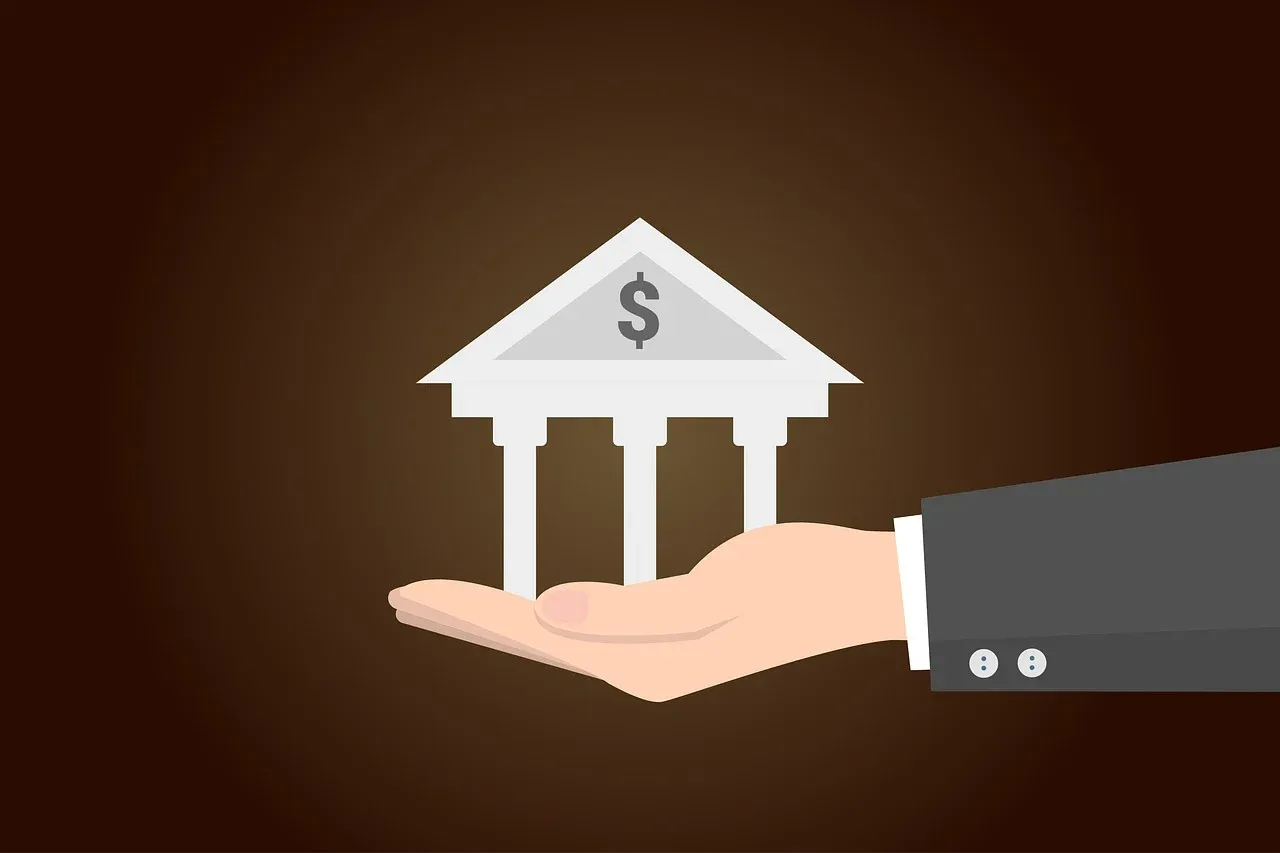In the very large world of money matters, a large amount of people go for personal loans when they need more cash. Might be for a marvelous new ride, school bills, or when there’s a surprise doctor bill – these loans can be an enormous help–but how do you even get a loan like this? I’ve got a guide that breaks it down, step by step, so if you’re thinking of getting a personal loan, you’ll know what to do.
1. Determine Your Need
Before you dive in, it’s really important to think about why you want the loan. Are you going to repair your house, go on a holiday, or pay off several debts? Understanding your reason is going to help you pick the best loan for your situation and make sure you only borrow what you need. Borrowing too much can cause money problems later on, so it’s informed to be exact with the amount you need.
Figuring out what you need means looking at your money items closely. Make a simple plan of your expenses and cash to see how much dough you need for what you’ve planned; this plan will help you decide how much you should borrow so it fits right with your money targets.
2. Check Your Credit Score
Your credit score, a three-digit number, plays a significant role in the loan application process. It tells lenders how reliable you are when it comes to paying back debts. A high credit score can make the loan process smoother and snag you a better interest rate. Before applying, get a copy of your credit report, review it for any errors, and understand where you stand.
In addition to checking your credit score, take steps to improve it if necessary. Pay off outstanding debts, make timely bill payments, and avoid opening new credit accounts before applying for a consumer loan. A better credit score can lead to more favorable loan terms.
3. Research and Choose the Right Lender
Not every location that lends money is the same. Some might let you borrow money at a cheaper cost, while other places might not be so strict about when you pay them back. Make sure to look at different banks, places where groups of people save their money together, or websites that let you borrow money. Look at what they’re offering, how much it’ll cost you in interest, and what other people are saying about them. Doing your homework could help you find a lender that’s right for you.
Consider reaching out to multiple lenders to get pre-approval offers. This will allow you to compare the actual loan terms they can offer you based on your financial profile. It’s a proactive way to identify the lender that provides the most favorable conditions.
4. Gather Necessary Documents
Getting a loan isn’t only putting your name on a paper; the people lending money want to make sure you can be trusted to pay it back. They often ask for papers that show how much money you make, items such as paycheck stubs or what you’ve reported in taxes, as well as proving where you work and who you are with some ID. Having these papers all set to go beforehand can make move faster.
Systematically organize your financial documents to streamline the application process further. Create a checklist to ensure you have all the necessary paperwork and can submit a complete and accurate application.
5. Fill Out the Application
So now that we’ve got everything ready, we need to do the loan form thing. If you’re doing it on the internet or face to face, make sure you give the right data. If things don’t match up, it might take longer, or they might say no. Once you hand it in, the money person is going to look it over, peek at your credit score; and decide what to do.
After you turn in your application, make sure you keep everything neat and written down. Write down the date you sent it in and any forums or messages you’ve had with the person giving the loan. Doing this will let you understand how your application is going, and you can handle any questions or problems that might appear while they’re looking at your application.
According to Lantern by SoFi, “Applying for personal loans online can be quick and simple. Keep in mind that a personal loan from an online lender can carry a higher interest rate than would a loan from a traditional bank or credit union, and online loans are often unsecured, so no collateral is necessary.”
Getting a loan doesn’t need to be really hard. Use this guide, and you can get through with your eyes open, all ready and knowing what’s happening–but remember, loans are like help with money, not free cash, so it’s extremely important to borrow informed, thinking about your financial the line. If you do it right, a loan can help you out with financial things.
